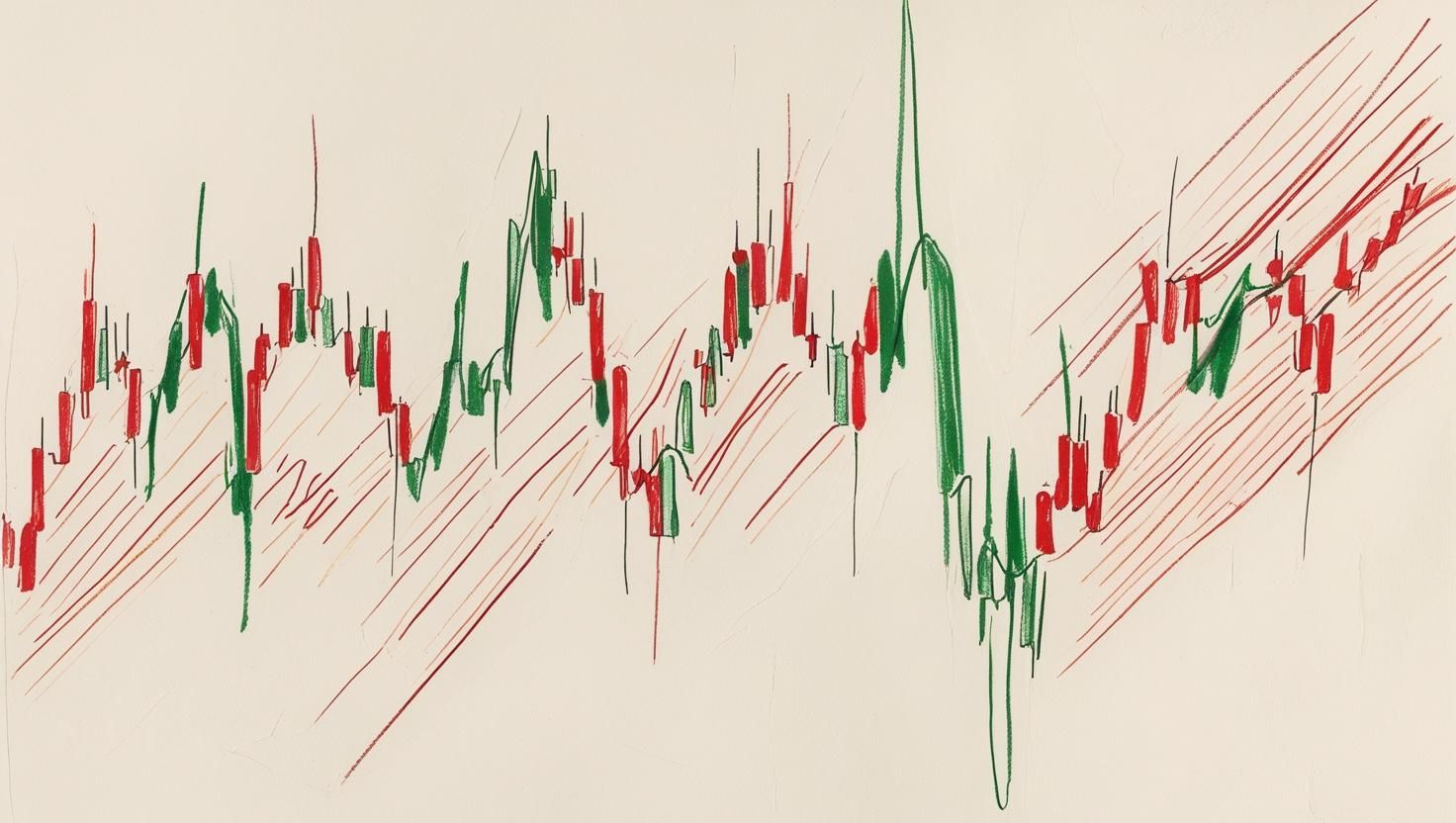 Building Your Own Intraday Breadth Analysis System
Building Your Own Intraday Breadth Analysis System
-

 Building Your Own Intraday Breadth Analysis System
Building Your Own Intraday Breadth Analysis SystemIntroduction
In the fast-paced world of intraday trading, decisions are often taken within seconds. Many traders rely only on price action or setups, but forget to ask a deeper question: Is the market move truly supported by broad participation, or is it just a handful of stocks dragging the index?
This is where breadth analysis comes in. Breadth measures the internal strength and participation of the market. For an intraday trader, building a personalized breadth system acts like a health monitor—it tells whether the market move is trustworthy, weak, or simply noise.
A trader who has his own breadth dashboard is like a pilot with instruments: less dependent on blind judgment and more aligned with market structure.
 Why Every Intraday Trader Needs Breadth
Why Every Intraday Trader Needs Breadth- Avoid Traps: Many index rallies/falls are led by just 2–3 heavyweights. Breadth exposes whether the trend is real.
- Find Market Phases: Breadth helps you know if the day is trending, sideways, or reversal-prone.
- Sector Clues: Breadth shows rotation—money shifting from one sector to another.
- Options Edge: OI breadth + price breadth gives a combined view of direction and volatility absorption.
- Risk Control: Breadth provides advance warning of exhaustion before you commit to heavy trades.
In short: setups give you entry/exit points, but breadth gives you context.
🧭 The Nine Pillars of Intraday Breadth Analysis
Below are the 9 key breadth studies intraday traders can use. Each gives a unique lens into market health:
1. Advance–Decline Ratio (ADR)
-
Formula: Advancing ÷ Declining stocks
-
Signal:
-
1.5 → strong bullish bias
- <0.7 → strong bearish bias
- Around 1 → sideways
-
 Use: Confirm if index moves have broad support.
Use: Confirm if index moves have broad support.
2. Sectoral Breadth Heatmap
-
Measure: % of stocks above VWAP in each sector
-
Signal:
-
70% above VWAP → sector leadership
- <30% above VWAP → sector weakness
-
 Use: Rotate trades toward strong sectors, avoid weak ones.
Use: Rotate trades toward strong sectors, avoid weak ones.
3. Volume Breadth
-
Formula: Up Volume ÷ Down Volume
-
Signal:
-
2 → strong bullish participation
- <0.5 → bearish dominance
-
 Use: Check if money flow confirms price breadth.
Use: Check if money flow confirms price breadth.
4. Intraday Breadth Oscillator
-
Formula: (Advances – Declines) rolling on 5-min data
-
Signal:
- Rising with index → healthy move
- Divergence → possible reversal
 Use: Spot early warnings of fading momentum.
Use: Spot early warnings of fading momentum.
5. New High–Low Count
-
Measure: Number of stocks making new intraday highs vs lows
-
Signal:
- Shrinking highs near index highs → upside exhaustion
- Shrinking lows near index lows → downside exhaustion
 Use: Excellent for contrarian scalps.
Use: Excellent for contrarian scalps.
6. Leader–Follower Breadth
-
Measure: Heavyweights vs broader market
-
Signal:
- If only 2–3 stocks push the index → weak move
- If midcaps also participate → sustainable trend
 Use: Judge whether index moves are artificial or genuine.
Use: Judge whether index moves are artificial or genuine.
7. Moving Average Breadth
-
Measure: % of stocks above 5-min 20EMA
-
Signal:
-
70% → strong uptrend
- <30% → strong downtrend
- 40–60% → sideways chop
-
 Use: Confirm whether to trade directionally or with straddles.
Use: Confirm whether to trade directionally or with straddles.
8. ORB Breadth (Opening Range Breakout Breadth)
-
Measure: % of stocks breaking above vs below 15-min opening range
-
Signal:
-
+30% net up → bullish day tone
- <–30% net down → bearish day tone
- Near 0 → sideways
-
 Use: Sets morning directional bias; avoid fading strong ORB days.
Use: Sets morning directional bias; avoid fading strong ORB days.
9. OI Breadth (Options Open Interest Breadth)
-
Measure: % of stocks with Put OI build-up vs Call OI build-up
-
Signal:
- Positive → bullish undertone
- Negative → bearish undertone
- Neutral → range-bound
 Use: Combine with price breadth for stronger conviction in option selling/buying.
Use: Combine with price breadth for stronger conviction in option selling/buying.
 Intraday Breadth Quick Reference (Table)
Intraday Breadth Quick Reference (Table)Breadth Type Key Measure Bullish Bias Bearish Bias Range/Neutral ADR Advancing ÷ Declining stocks >1.5 <0.7 ~1 Sector Heatmap % above VWAP >70% <30% 40–60% Volume Breadth Up ÷ Down Volume >2 <0.5 0.8–1.2 Breadth Oscillator Advances – Declines (5m) Rising with index Divergence Flat High–Low Count New highs vs lows Expanding highs Expanding lows Shrinking both Leader–Follower Heavyweights vs broad Both participate Only leaders move Mixed MA Breadth % above 20EMA (5m) >70% <30% 40–60% ORB Breadth 15-min breakout Net >+30% Net <–30% ~0 OI Breadth Put vs Call OI build-up Put OI ↑ Call OI ↑ Neutral
 Practical Trading Applications
Practical Trading Applications-
Trend Confirmation
- Strong ADR + Sector Heatmap + Volume Breadth + ORB Breadth = high-probability trending day.
- Ride trend, avoid contra setups.
-
Sideways/Range Day
- ADR ~1 + ORB near 0 + OI neutral = best for straddles/strangles.
-
Reversal Alerts
- If Breadth Oscillator diverges, or High–Low count shrinks against price, prepare for contra trades.
-
Options Edge
- OI Breadth adds a second layer: price + positioning of big players.
 ️ Disclaimer
️ DisclaimerThis article is for educational purposes only. Breadth studies are not trade signals on their own—they are context tools. Trading involves risk of capital loss. Always combine breadth analysis with proper risk management, stop-loss discipline, and personal judgment before executing trades.
